Home>Furniture & Design>Outdoor Furniture>How Big Are Outdoor Trash Cans
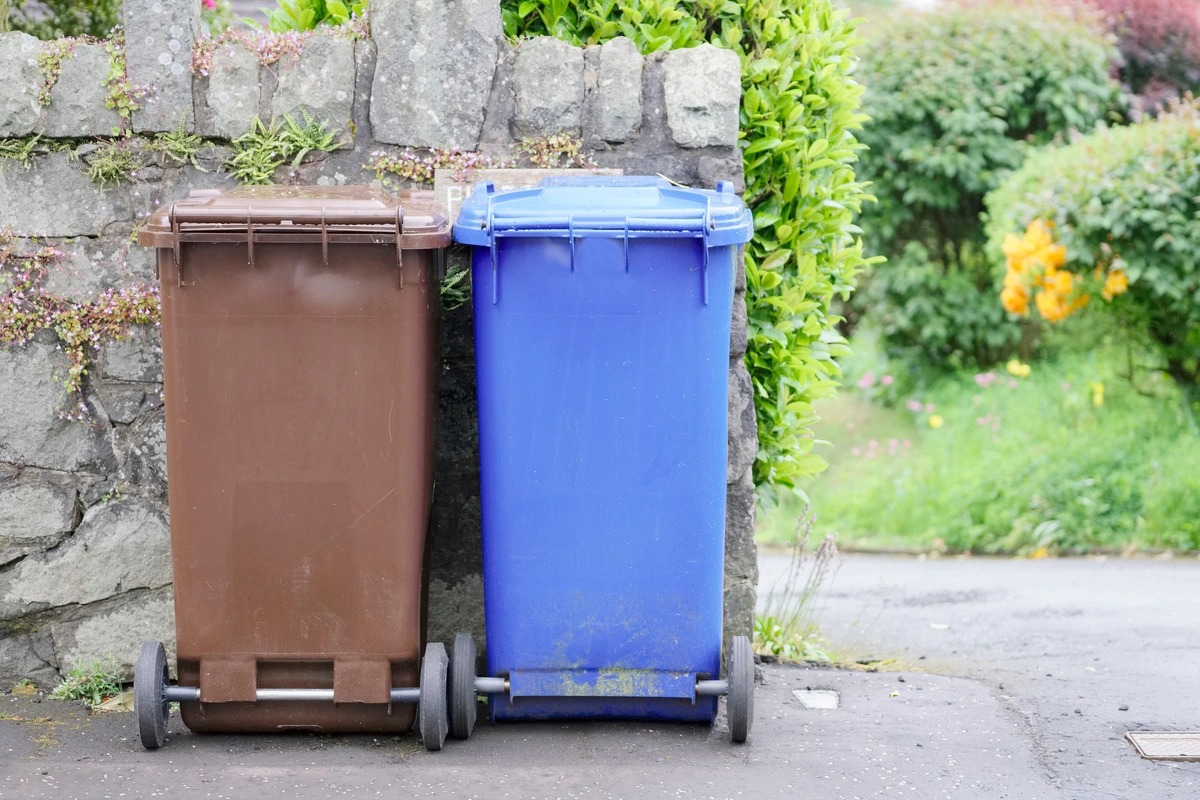

Outdoor Furniture
How Big Are Outdoor Trash Cans
Modified: September 2, 2024
Discover the ideal size for outdoor trash cans and keep your outdoor space clean and organized with our durable and stylish outdoor furniture and design collection. Explore now!
(Many of the links in this article redirect to a specific reviewed product. Your purchase of these products through affiliate links helps to generate commission for Storables.com, at no extra cost. Learn more)
**
Introduction
**
When it comes to maintaining a clean and organized outdoor space, having the right trash cans is essential. However, determining the appropriate size of outdoor trash cans can be a challenging task. Understanding the various sizes available and the factors to consider when choosing the right one is crucial for an effective waste management strategy.
Outdoor trash cans come in a range of sizes to accommodate different needs and environments. Whether you are looking for a large-capacity trash can for a public park or a compact option for a residential patio, there are several factors to consider. In this article, we will explore the standard sizes of outdoor trash cans, including large and small capacity options, and delve into the key factors to consider when selecting the right size for your outdoor space. By the end, you will have a comprehensive understanding of how to choose the perfect outdoor trash can size to meet your specific requirements.
**
Key Takeaways:
- Choose the right outdoor trash can size by considering waste volume, foot traffic, space constraints, and environmental conditions. Tailoring the size ensures efficient waste management and a cleaner outdoor space.
- Large capacity trash cans are ideal for high-traffic areas, while small capacity options suit residential and recreational settings. Consider durability, design, and features for effective waste management and a visually appealing outdoor environment.
Read more: How Big Is A Normal Trash Can
Standard Sizes of Outdoor Trash Cans
**
Outdoor trash cans are available in a range of standard sizes to accommodate various settings and waste management needs. Understanding these standard sizes can help you make an informed decision when selecting the right trash can for your outdoor space. Here are the typical standard sizes of outdoor trash cans:
-
30 to 35 Gallons: These mid-sized outdoor trash cans are commonly used in commercial and public settings such as parks, playgrounds, and outdoor event venues. They offer a generous capacity for collecting waste while remaining relatively compact and easy to manage.
-
45 to 55 Gallons: Larger outdoor trash cans in this size range are often found in high-traffic areas such as stadiums, shopping centers, and outdoor dining areas. Their increased capacity makes them suitable for collecting a significant volume of waste without requiring frequent emptying.
-
65 to 95 Gallons: These are considered extra-large outdoor trash cans and are typically utilized in large public spaces, outdoor recreational areas, and industrial facilities. Their substantial capacity makes them ideal for managing high volumes of waste while minimizing the frequency of emptying.
-
120 Gallons and Above: Outdoor trash cans in this size category are designed for heavy-duty waste management in industrial, commercial, and municipal settings. They are capable of accommodating substantial amounts of waste and are often equipped with features such as wheels for ease of transportation.
Understanding the standard sizes of outdoor trash cans is crucial for identifying the appropriate option for your specific needs. Whether you are managing waste in a small park or a bustling city center, selecting the right size can contribute to efficient waste collection and a cleaner outdoor environment.
When considering the standard sizes, it is important to assess the volume of waste generated in the outdoor space, the frequency of waste collection, and the available space for positioning the trash cans. By taking these factors into account, you can make an informed decision about the most suitable standard size of outdoor trash cans for your environment.
**
Large Capacity Outdoor Trash Cans
**
Large capacity outdoor trash cans are essential for high-traffic areas and spaces that generate a significant volume of waste. These robust trash cans are designed to accommodate large quantities of trash, reducing the frequency of emptying and contributing to a cleaner and more organized outdoor environment. Here are some key points to consider when it comes to large capacity outdoor trash cans:
-
High-Traffic Areas: Locations such as stadiums, concert venues, theme parks, and outdoor event spaces experience a constant influx of visitors, leading to a substantial amount of waste generation. Large capacity outdoor trash cans are indispensable in these settings, providing ample space for waste disposal without the need for frequent emptying.
-
Durability and Stability: Given the heavy usage and exposure to various weather conditions, large capacity outdoor trash cans are constructed from durable materials such as heavy-duty plastic or metal. They are designed to withstand impact, resist corrosion, and maintain stability even in windy or turbulent conditions.
-
Efficient Waste Management: By investing in large capacity outdoor trash cans, facility managers and city planners can optimize waste management processes. These trash cans minimize overflow and littering, contributing to a cleaner and more aesthetically pleasing outdoor space.
-
Customization and Features: Many large capacity outdoor trash cans are equipped with features such as secure lids, recycling compartments, and customizable options for branding or specific waste streams. These additional features enhance the functionality and versatility of the trash cans, catering to diverse waste management requirements.
When selecting large capacity outdoor trash cans, it is essential to consider the specific needs and dynamics of the outdoor environment. Assessing the volume of waste generated, the frequency of waste collection, and the anticipated foot traffic can guide the decision-making process. Additionally, evaluating the durability, design, and features of the trash cans can ensure that they effectively meet the demands of the outdoor space.
By strategically placing large capacity outdoor trash cans in high-traffic areas and meticulously managing waste collection schedules, outdoor spaces can maintain cleanliness, hygiene, and an inviting ambiance for visitors and patrons.
**
When choosing an outdoor trash can, consider the size based on your needs. A 32-gallon trash can is common for households, while larger 64-gallon cans are suitable for bigger families or commercial use.
Small Capacity Outdoor Trash Cans
**
While large capacity outdoor trash cans are integral for high-traffic areas, small capacity trash cans play a crucial role in residential, recreational, and compact outdoor settings. These smaller trash cans are designed to efficiently manage waste in spaces where limited waste generation is anticipated. Here are key insights into small capacity outdoor trash cans:
-
Residential Settings: Small capacity outdoor trash cans are commonly used in residential properties, including front yards, patios, and outdoor living spaces. They provide a convenient solution for disposing of household waste and maintaining cleanliness in smaller outdoor areas.
-
Recreational Facilities: Parks, playgrounds, and community centers often utilize small capacity outdoor trash cans to encourage responsible waste disposal among visitors. These trash cans offer a manageable waste collection solution while complementing the aesthetics of the recreational environment.
-
Portability and Maneuverability: Due to their compact size, small capacity outdoor trash cans are lightweight and easily maneuverable. This makes them suitable for temporary events, outdoor gatherings, and locations where waste collection points may need to be adjusted based on varying activities and foot traffic.
-
Space Optimization: In areas with limited outdoor space, such as narrow walkways or balcony settings, small capacity outdoor trash cans provide an efficient waste management solution without occupying excessive room. Their compact footprint allows for strategic placement while effectively serving waste disposal needs.
When considering small capacity outdoor trash cans, it is essential to assess the specific requirements of the outdoor environment. Factors such as the frequency of waste collection, the type of waste generated, and the available space for positioning the trash cans should be taken into account. Additionally, evaluating the durability, design, and aesthetics of the trash cans can contribute to a harmonious integration within the outdoor setting.
By strategically placing small capacity outdoor trash cans in residential and recreational spaces, property owners, facility managers, and community organizers can promote cleanliness, environmental responsibility, and an inviting outdoor atmosphere for residents and visitors alike.
**
Factors to Consider When Choosing the Size of Outdoor Trash Cans
**
Choosing the right size of outdoor trash cans involves a thoughtful assessment of various factors to ensure optimal waste management and environmental cleanliness. By considering the following key factors, you can make an informed decision when selecting the size of outdoor trash cans for your specific setting:
-
Waste Generation Volume: Evaluate the volume of waste generated in the outdoor space. High-traffic areas and large public venues may require larger capacity trash cans to accommodate substantial waste volumes, while smaller residential or recreational settings may suffice with smaller capacity options.
-
Foot Traffic and Usage: Consider the level of foot traffic and the frequency of outdoor space usage. Areas with heavy foot traffic, such as shopping centers or event venues, may benefit from larger capacity trash cans to minimize overflow and maintain cleanliness, while less frequented spaces may require smaller capacity options.
-
Space Constraints: Assess the available space for positioning the outdoor trash cans. Compact areas may necessitate the use of smaller capacity trash cans to optimize space utilization, while expansive environments can accommodate larger capacity options without hindrance.
-
Environmental Conditions: Take into account the prevailing environmental conditions, including weather patterns and exposure to elements. In areas prone to strong winds or extreme weather, securely anchored larger capacity trash cans may be preferable to prevent displacement and littering.
-
Waste Collection Frequency: Determine the frequency of waste collection and disposal services. High-capacity trash cans may be suitable for locations with less frequent collection schedules, while smaller capacity options may require more frequent emptying to prevent overflow.
-
Waste Segregation Needs: If there is a requirement for waste segregation or recycling initiatives, consider the incorporation of multiple smaller capacity trash cans for different waste streams or the integration of larger capacity options with segregated compartments.
By carefully considering these factors, you can effectively tailor the size of outdoor trash cans to align with the specific needs and dynamics of the outdoor environment. This thoughtful approach contributes to efficient waste management, minimized littering, and a cleaner, more inviting outdoor space for all users.
**
Read more: How Big Is A 30 Liter Trash Can
Conclusion
**
Choosing the right size of outdoor trash cans is a pivotal aspect of effective waste management and environmental stewardship. Whether it’s accommodating the waste generated in a bustling public park or maintaining cleanliness in a residential patio, the size of outdoor trash cans plays a crucial role in promoting a cleaner and more organized outdoor environment.
Understanding the standard sizes of outdoor trash cans, including the range from mid-sized options to extra-large capacities, provides valuable insights into the available choices for waste management. By recognizing the diverse dimensions and capacities, individuals and organizations can make informed decisions based on the specific requirements of their outdoor spaces.
Large capacity outdoor trash cans are essential for high-traffic areas and locations with substantial waste generation. These robust trash cans offer efficient waste management solutions, contributing to cleanliness and orderliness in public venues, event spaces, and industrial facilities. By investing in durable and high-capacity options, outdoor environments can minimize littering and maintain a visually appealing ambiance for visitors and patrons.
Conversely, small capacity outdoor trash cans are instrumental in residential, recreational, and compact settings where space optimization and maneuverability are paramount. These smaller trash cans provide convenient waste disposal solutions while complementing the aesthetics of residential properties, community centers, and recreational facilities.
When choosing the size of outdoor trash cans, various factors come into play, including waste generation volume, foot traffic, space constraints, environmental conditions, waste collection frequency, and waste segregation needs. By carefully considering these factors, individuals, property managers, and city planners can tailor the size of outdoor trash cans to suit the specific dynamics and demands of the outdoor environment.
Ultimately, the thoughtful selection of outdoor trash can sizes contributes to efficient waste management, minimized littering, and a cleaner, more inviting outdoor space for all users. By embracing the diverse range of standard sizes and aligning them with the unique needs of outdoor settings, individuals and organizations can actively contribute to a more sustainable and aesthetically pleasing outdoor environment.
Frequently Asked Questions about How Big Are Outdoor Trash Cans
Was this page helpful?
At Storables.com, we guarantee accurate and reliable information. Our content, validated by Expert Board Contributors, is crafted following stringent Editorial Policies. We're committed to providing you with well-researched, expert-backed insights for all your informational needs.
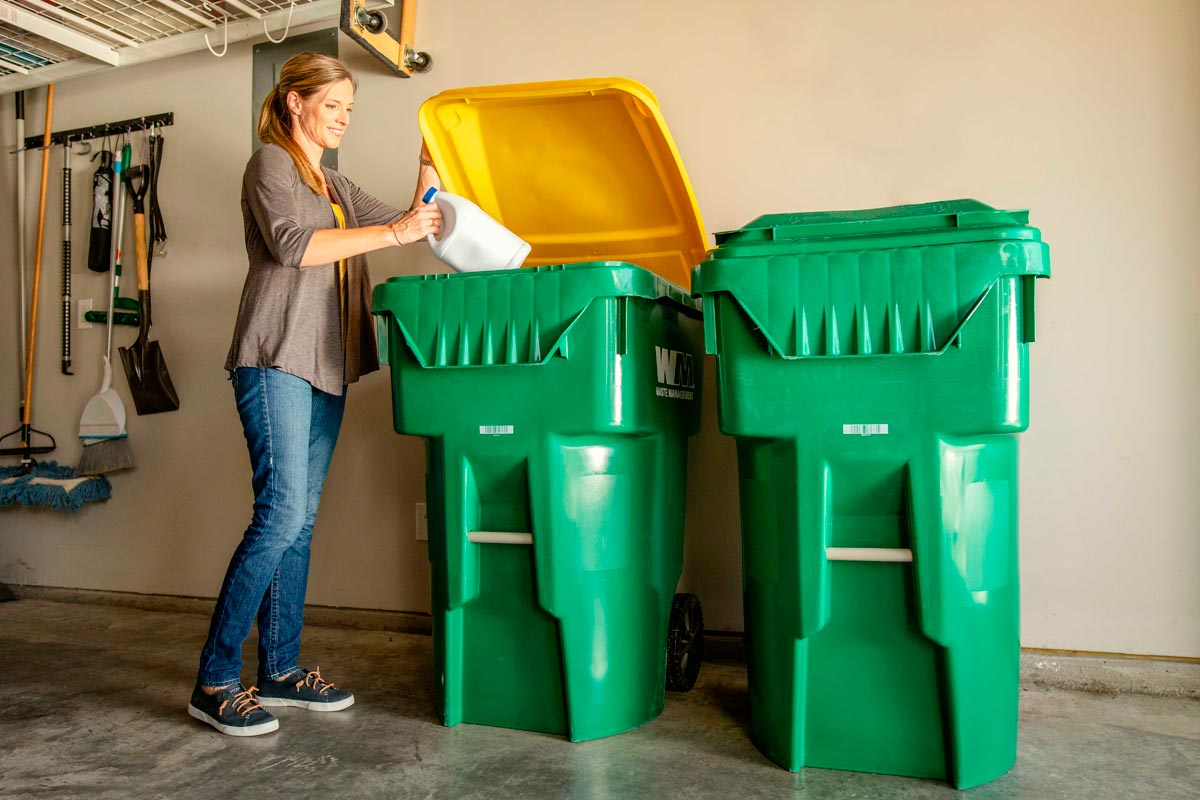
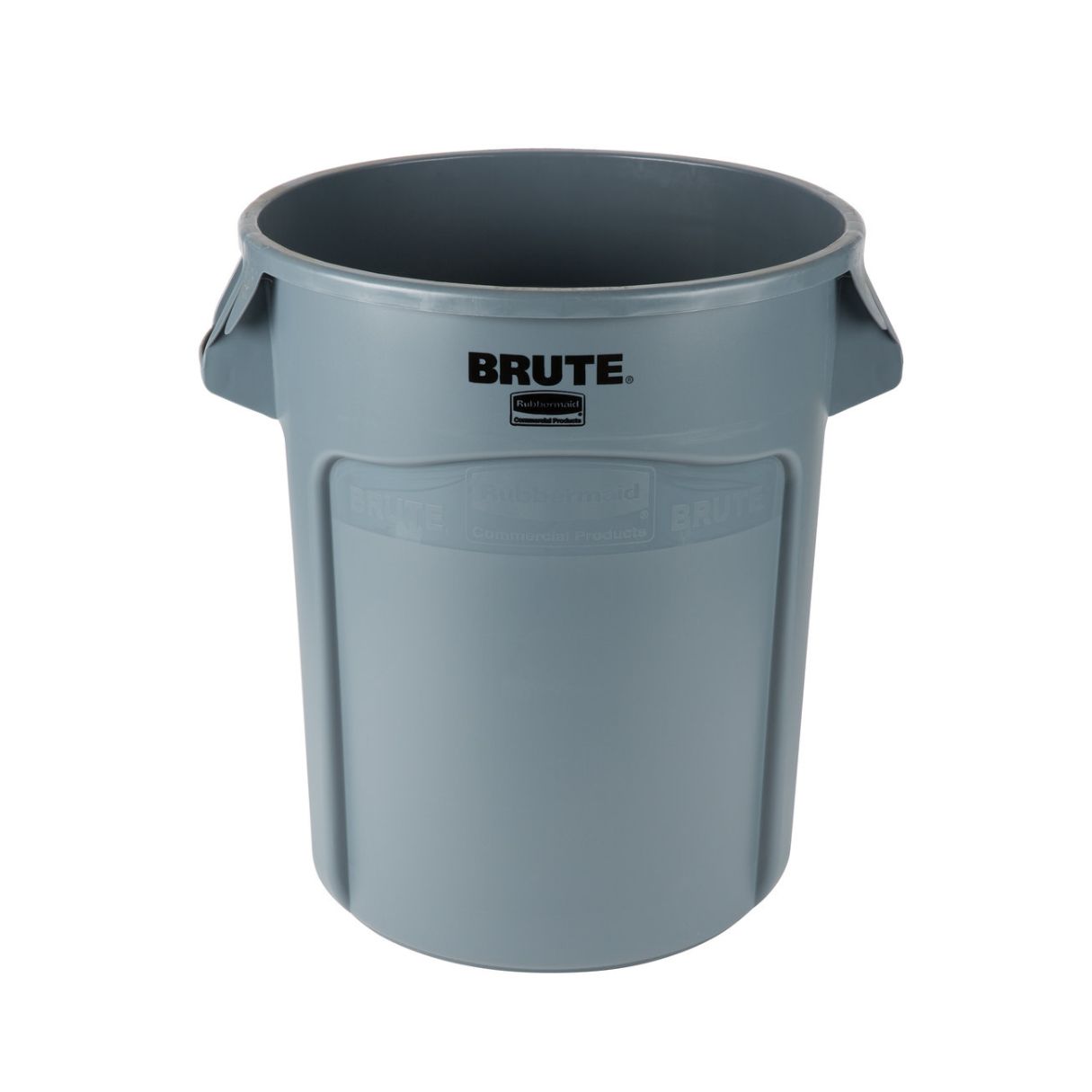
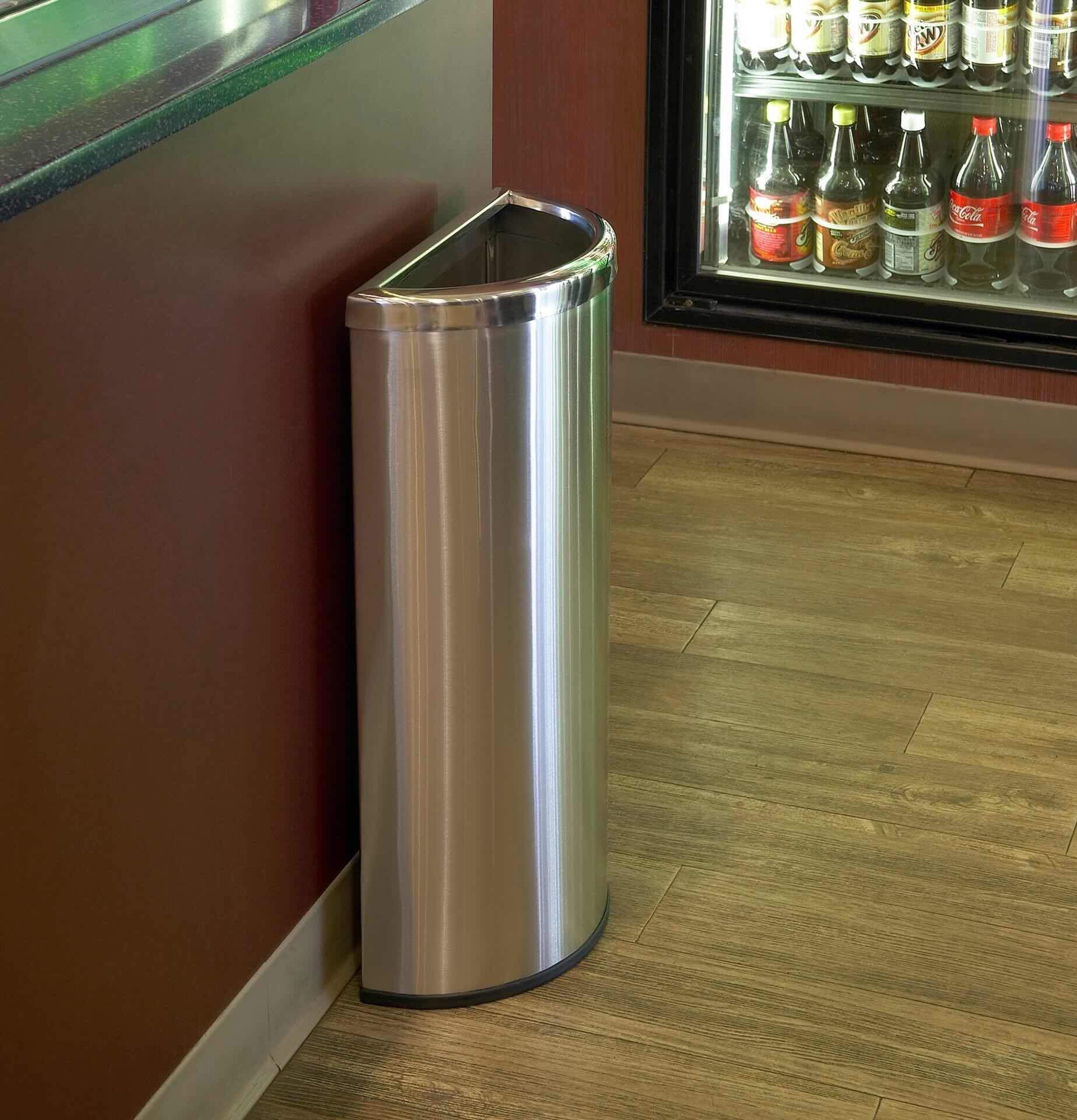
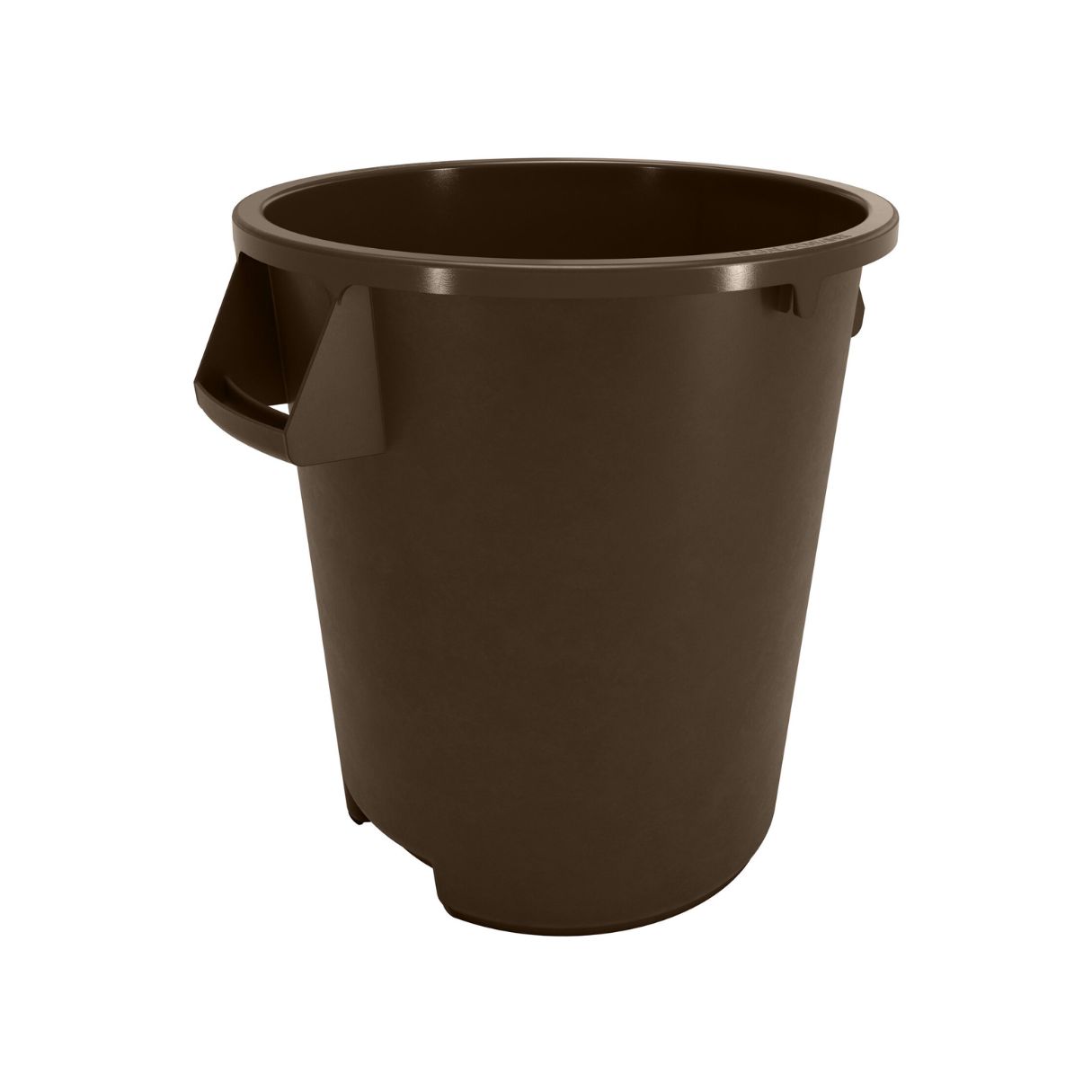
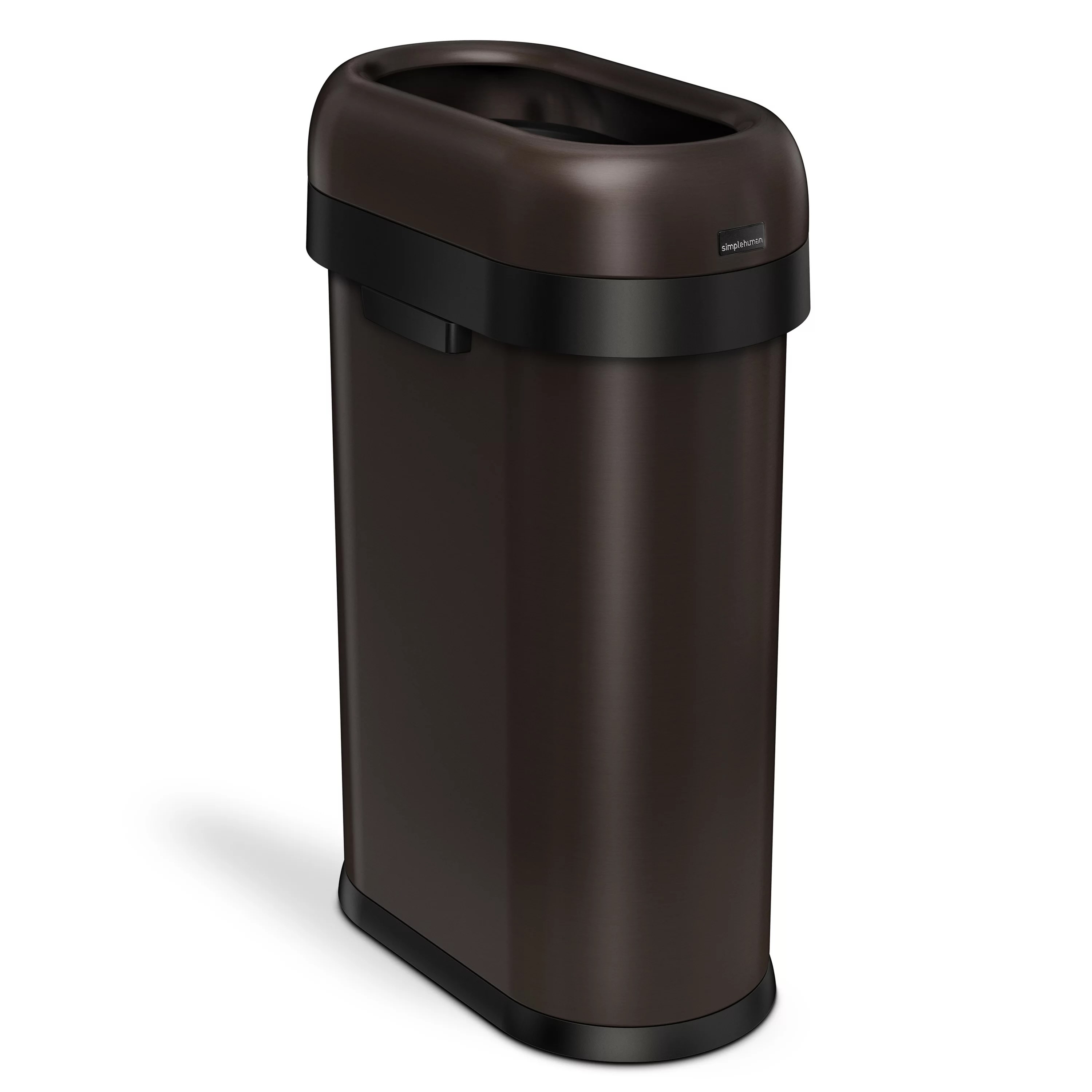
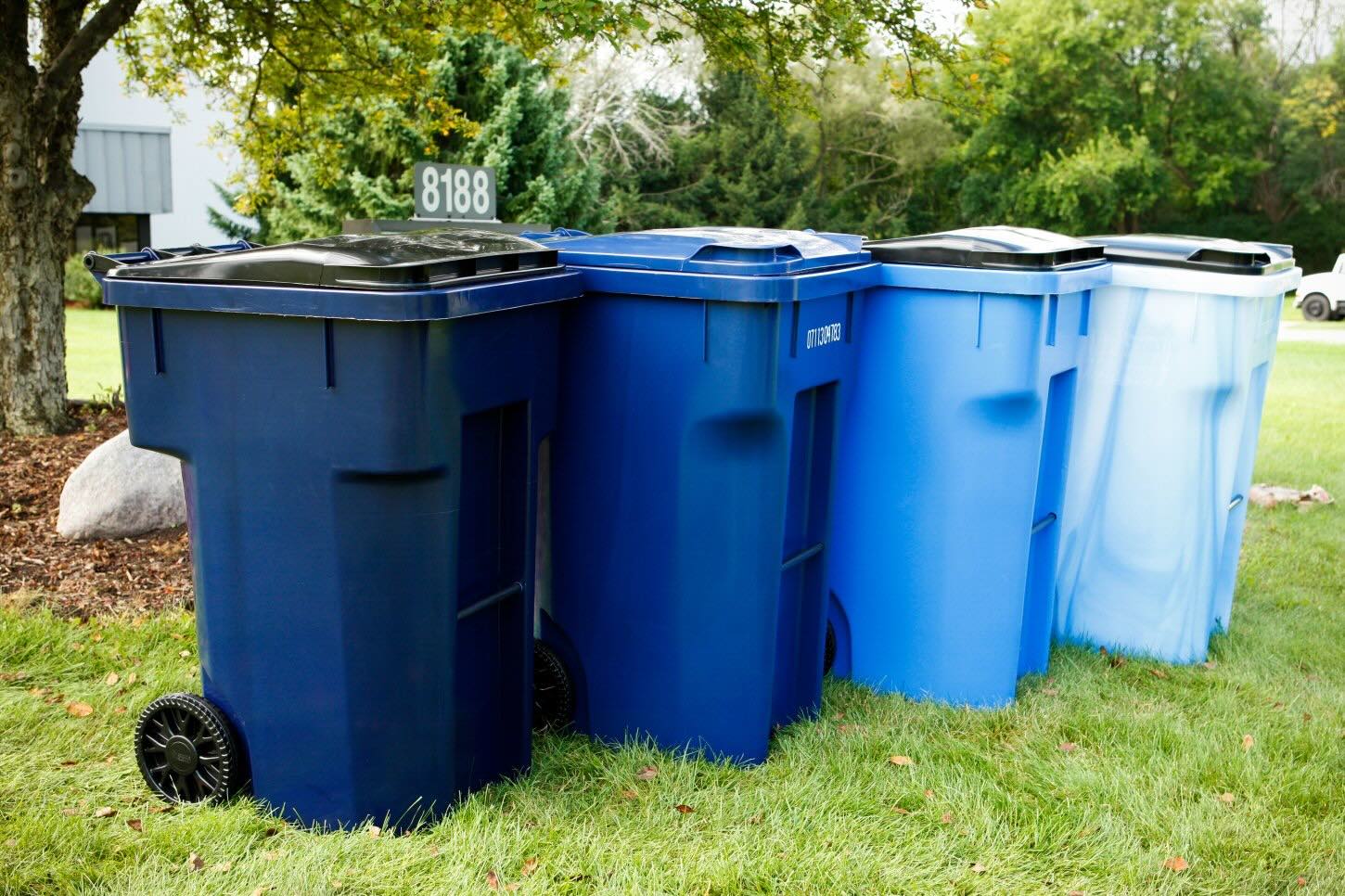
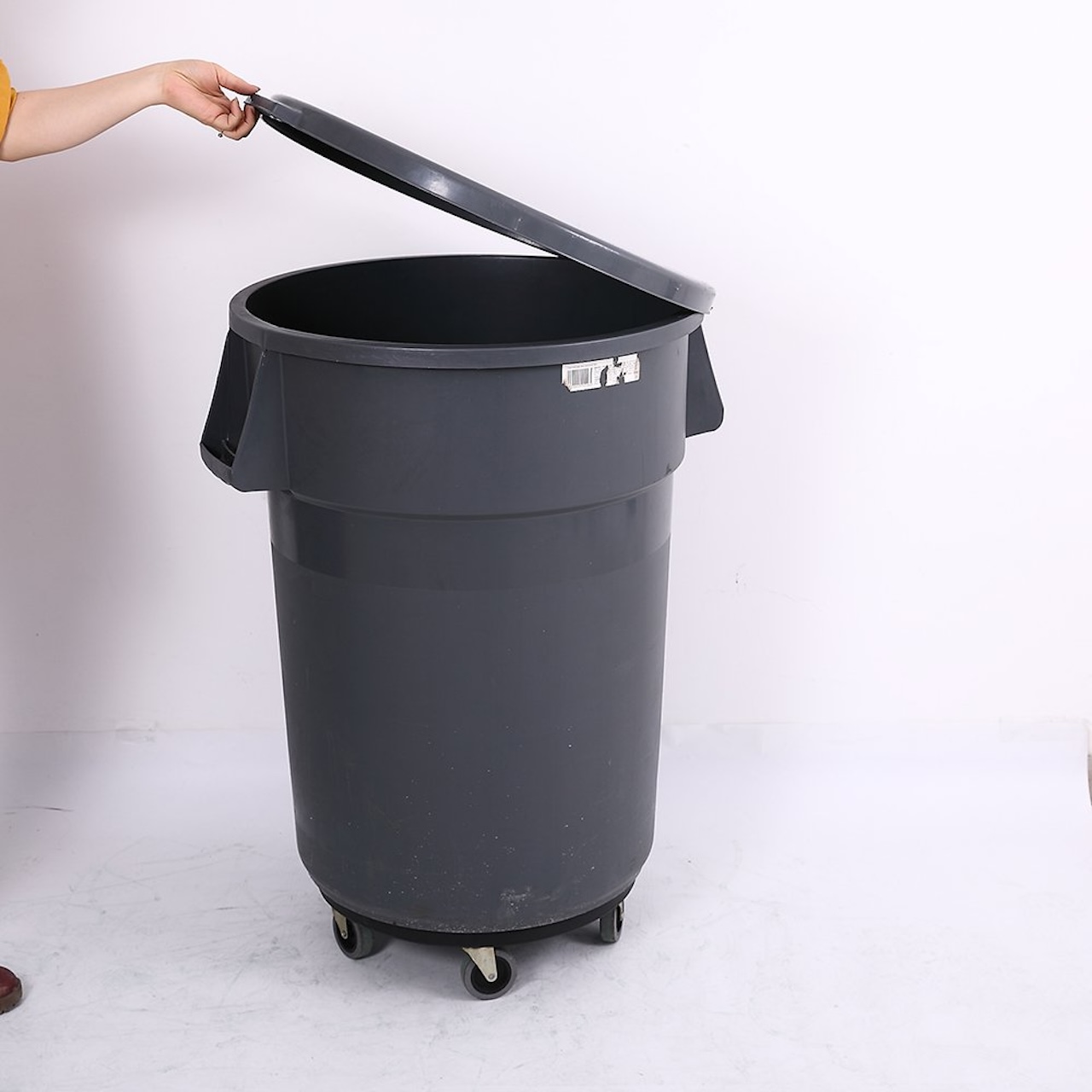
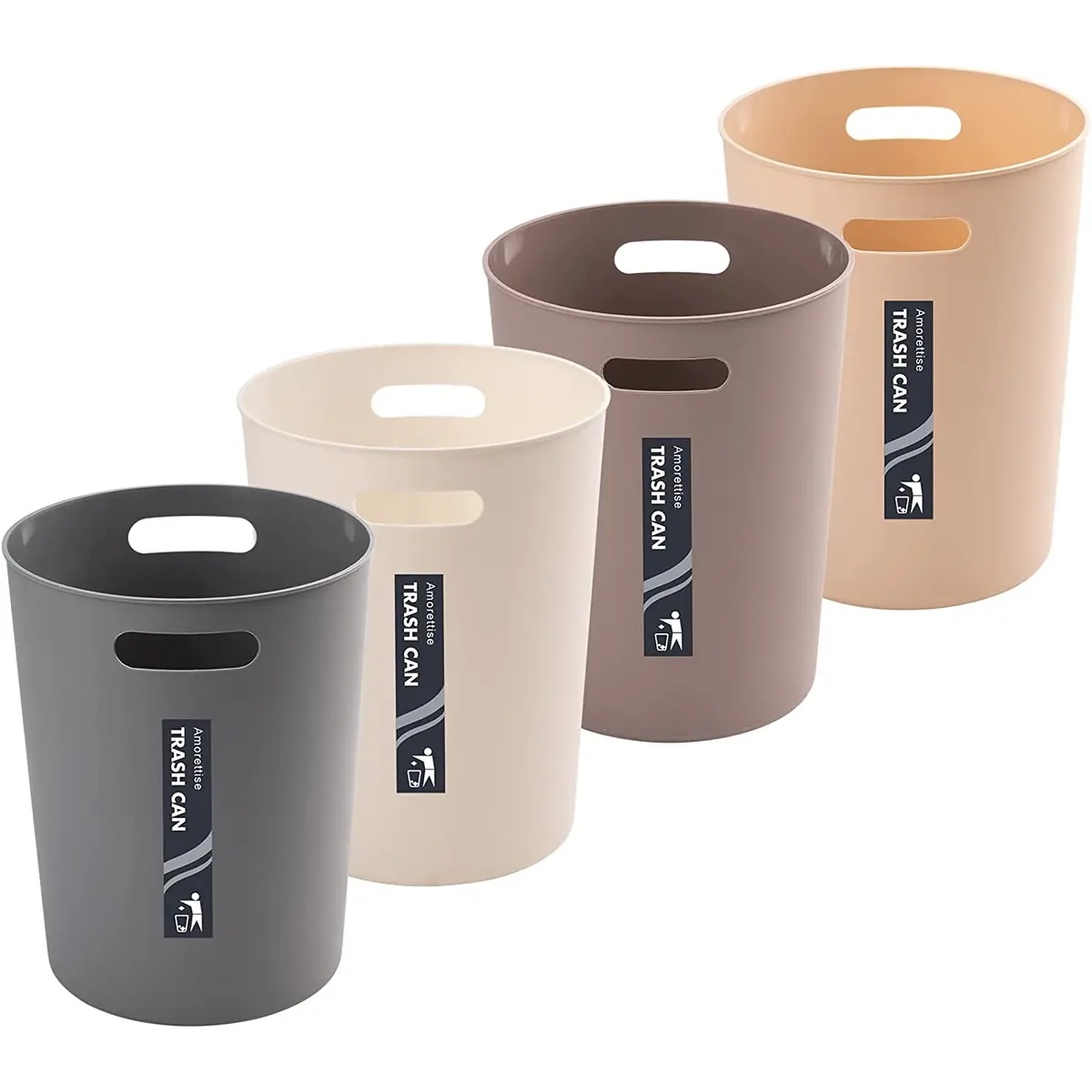
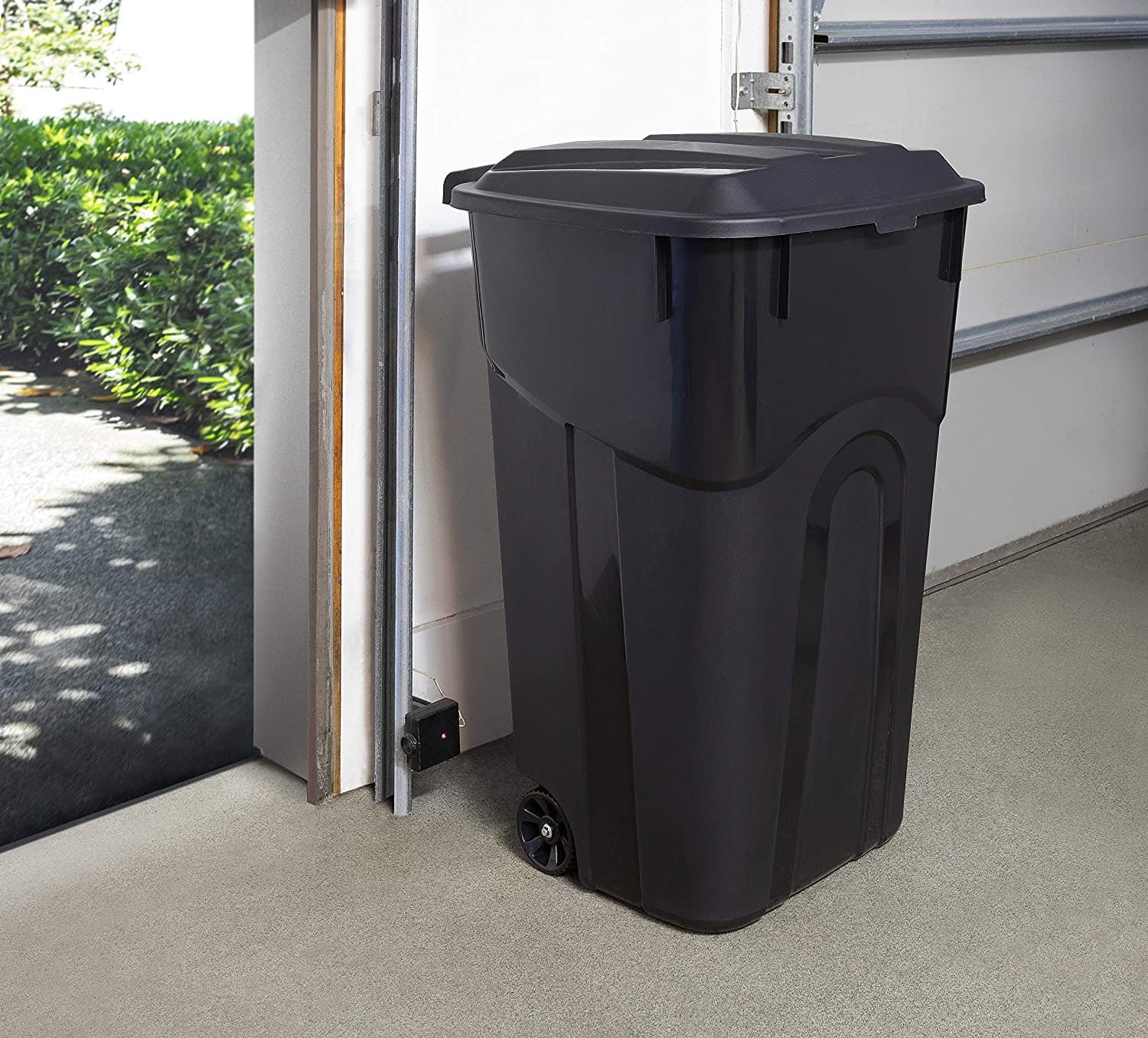
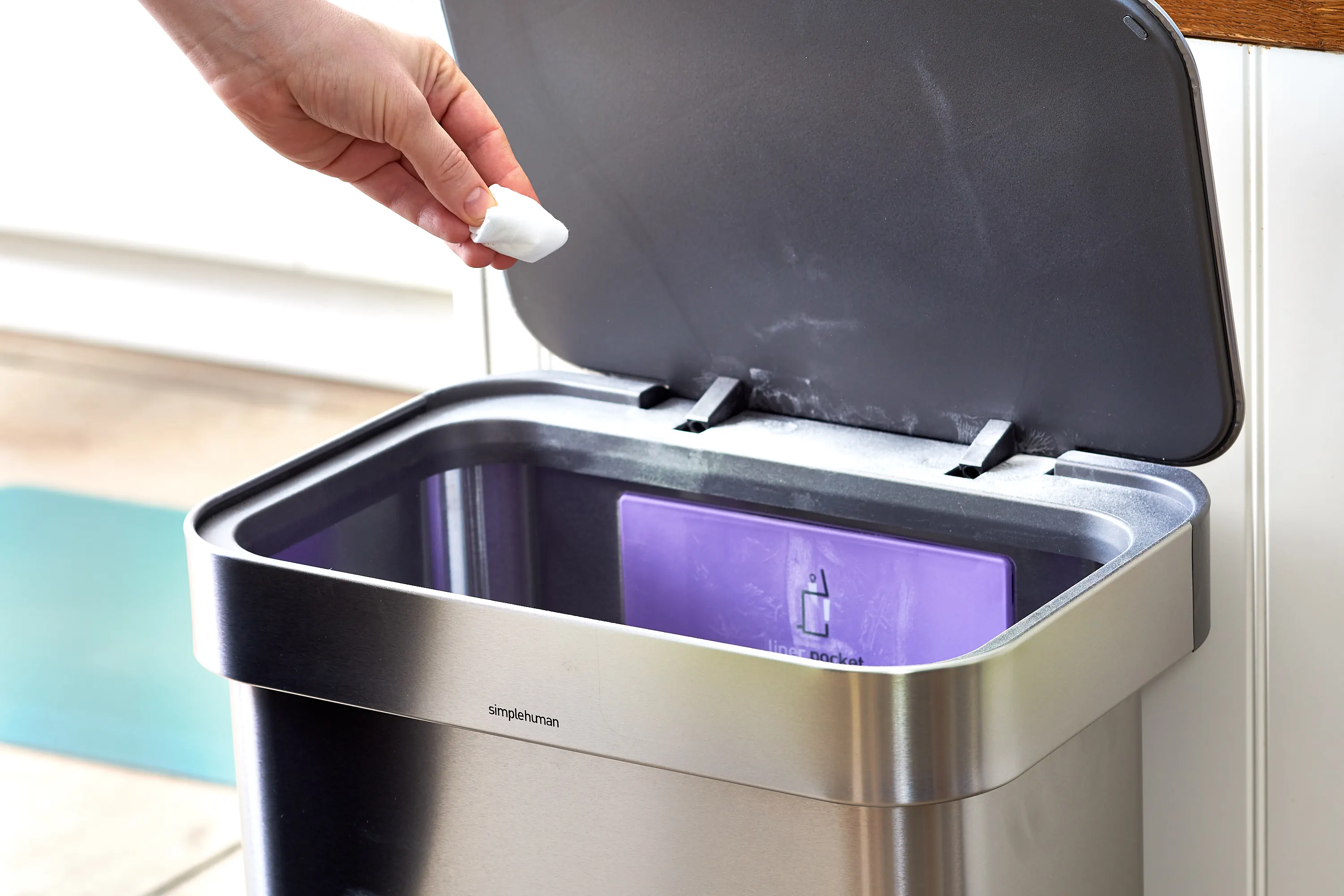
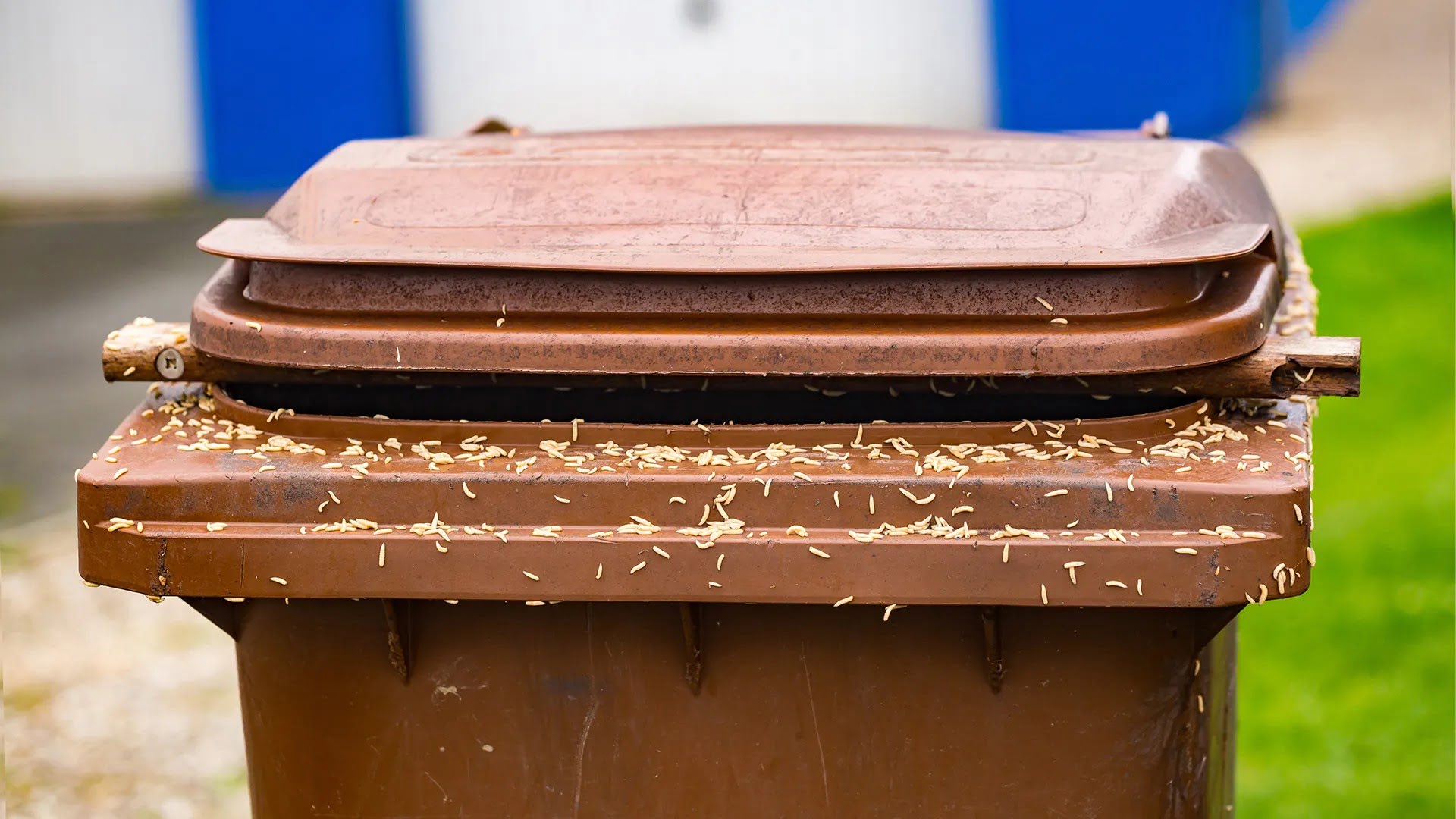
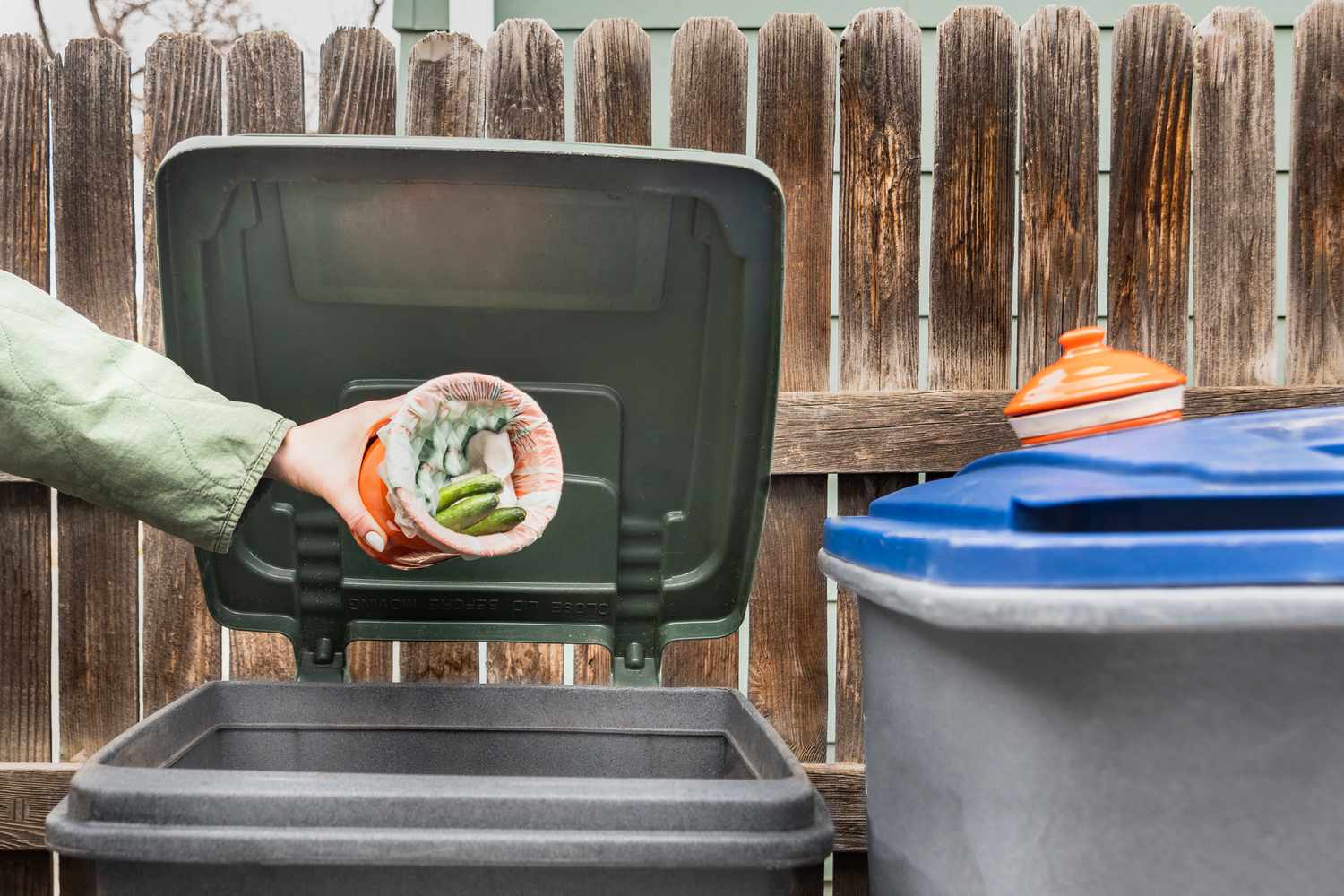
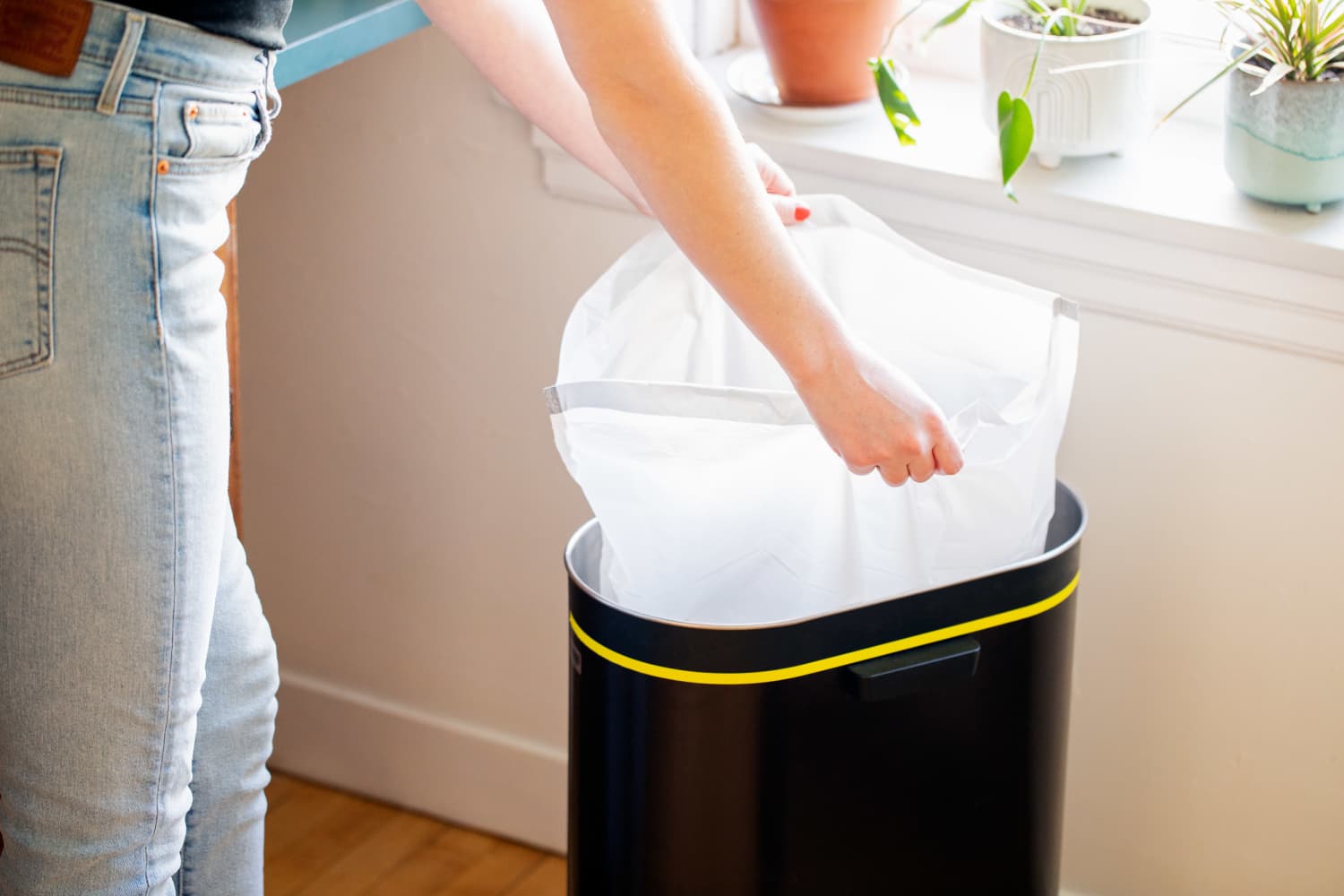
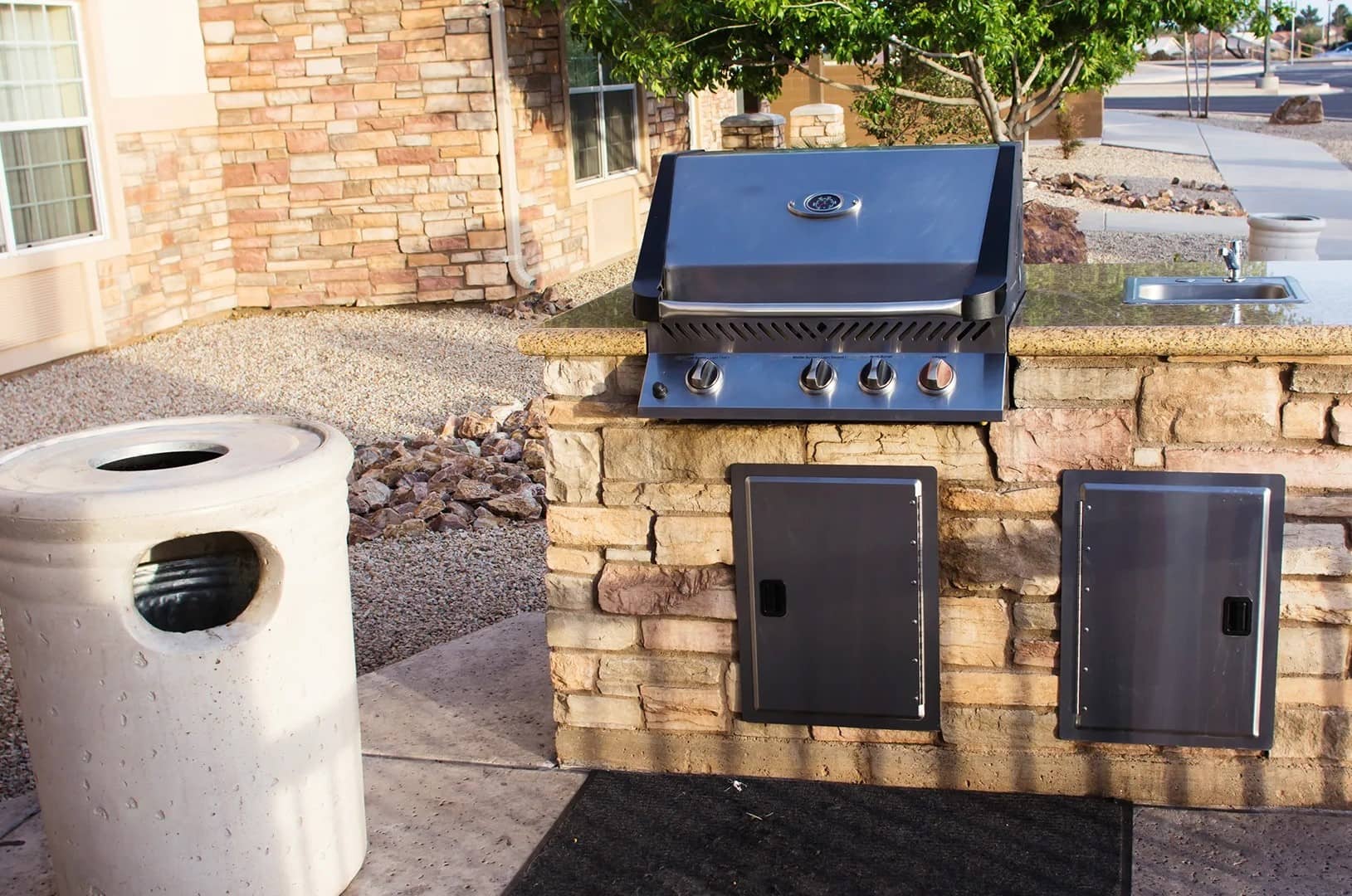

0 thoughts on “How Big Are Outdoor Trash Cans”